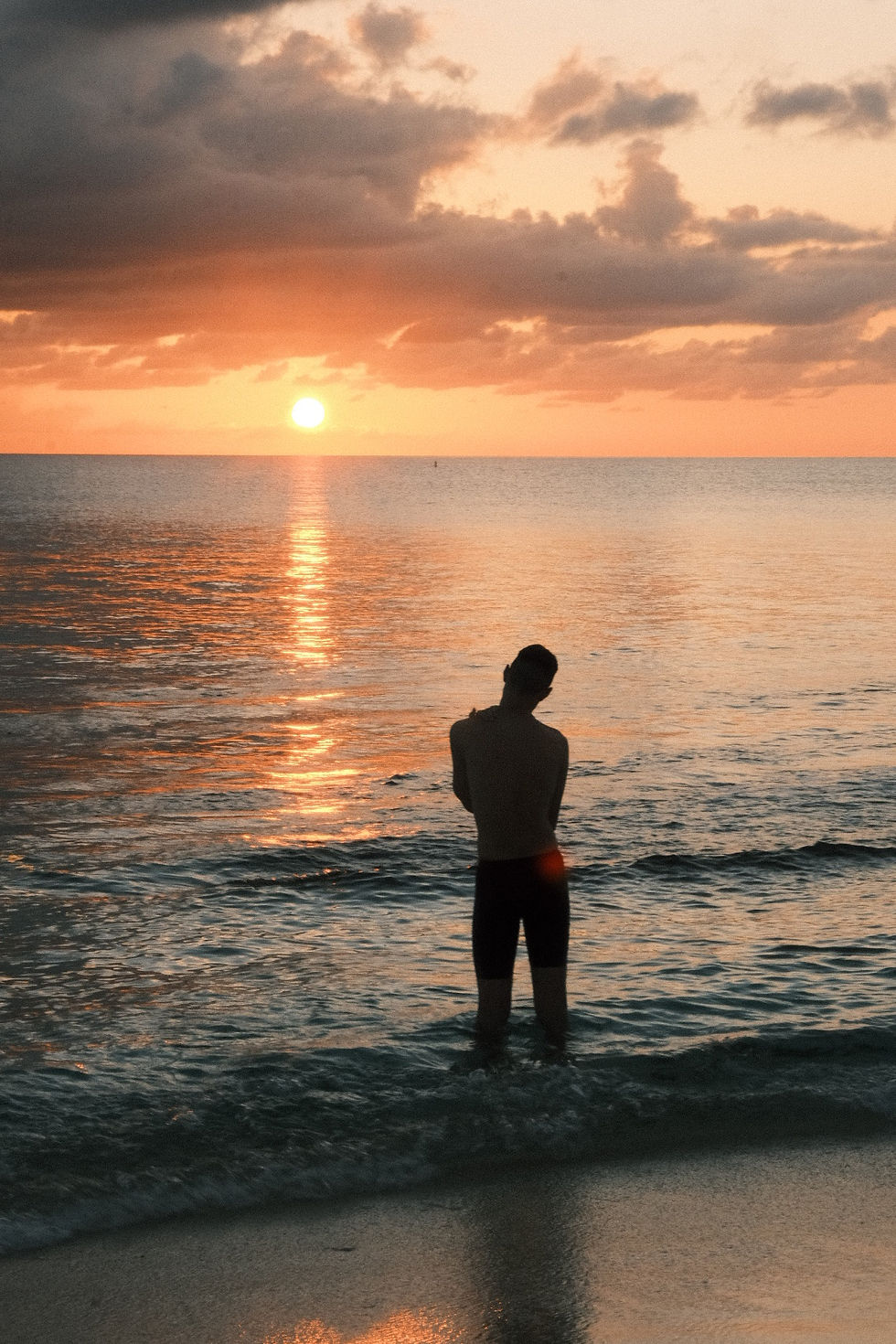Do I need to be flexible to practise yoga?
- Louise FitzRoy, Principal, Activ Life

- Jul 7, 2020
- 3 min read
Updated: Jul 8, 2020
No. To put it simply, you do not need to be flexible to practise yoga. Saying you have to be flexible to do yoga is like saying you have to be in shape to go to the gym. There may be a relationship between yoga and flexibility, but being flexible isn't a prerequisite to do yoga. You can still reap all the benefits regardless. In all honesty, some days my toes are in reach, and other days they just feel so far away that I'd need a long ruler to get anywhere close to making contact. Put Instagram aside. The point is, it doesn't matter whether you can touch your toes or not. What matters is how you feel in the pose, as this largely determines the wellness benefits your body is absorbing.

It's a typical cold wintry morning in Melbourne. Cool and crisp with a forecast of sleet, rain, winds and optimistic chance of part sun, all in one day. I went for a 10 kilometre run yesterday (followed by minimal stretching) and as I step onto my yoga mat my hamstrings feel like wooden planks, my shoulders feel like tight balls of steel and my hips are creaking like an old door hinge. I warm up slowly, bending my knees significantly in a standing forward fold so that my fingers have a chance of brushing the ground, bringing my navel to connect with my thighs (to support and protect my lower back), and leaning the weight further forward into my toes to encourage my hips to lift higher to the sky. A gratifying lengthening sensation follows down the back of my leg and I know I'm working the target area effectively. I reach for towel to help me bind, and sit on a cushion to encourage hip-opening in Baddha Konasana, Bound Angle Pose. Check out my blog on how to use yoga props effectively.
Meanwhile in the Caribbean warmth at sunset in the Cayman Islands, sweat drips of me during an Activ Life class as if I was sitting in a sauna. Sunglasses are a must to shield from the brilliant sun, but slide down my nose at every Downward Facing Dog opportunity. A sense of elasticity overwhelms my hamstrings, acting as if they could stretch the length of the Sydney Harbour Bridge. But being presence is of the essence to avoid stretching muscles carelessly beyond boundaries and closer towards injury; to ensure every muscle is on high alert and actively working to hold alignment, rather than acting as if they were lounging around on a beach chair, daiquiri in hand. Realising whether any uncomfortable sensations you feel are warnings that you're about to do damage, or whether they're just notices that you're entering exciting new territory, take your practise to an entirely new level as you consciously make the intelligent choice between pushing on or backing off.
You find yourself in a seated forward fold, Paschimottanasana. The muscles running from heart to toe along the front of your body are the agonists. They're the muscles that contract to pull you forward. Along the back of your torso and legs are the opposing, or complementary, groups of muscles, which must elongate and release before you can move forward. Just like in your standing forward fold, you hinge forward, lifting up and out of the hips to create space and openness. Once settled in the pose you back off slightly from your maximum stretch and breathing deeply and steadily. Your mind focuses on the subtle (or perhaps not so subtle) messages from your body. You feel a pleasant pull along the full length of your hamstrings. Your pelvis is tilted forward, your spinal column is lengthening, and you perceive a gentle increase between the vertebrae of the spine.
While yoga isn’t actually about becoming more flexible, having a good understanding of what flexibility is, and why it’s important, can help you take your yoga practice to the next level. A knowledge of physiology can help you visualise the inner workings of your body and focus on the specific mechanisms that help you stretch. You can optimise your efforts if you know whether the tightness in your legs is due to poor skeletal alignment, stiff connective tissues, or nerve reflexes designed to keep you from hurting yourself.
Over time, yoga can help you become more flexible — that's why we call it practice. If touching your toes is your ultimate goal, bend your knees. It's as simple as that.




Comments